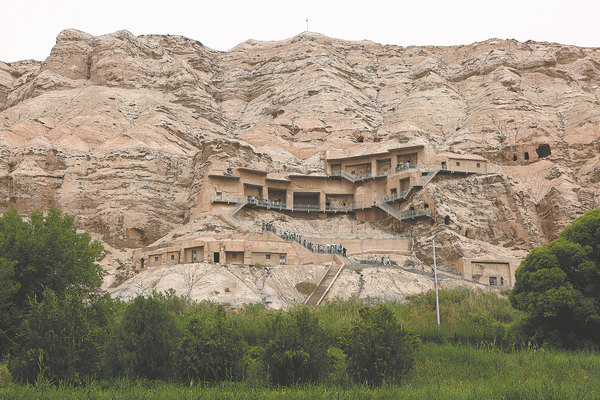

Husta is one of many Bronze Age sites in the Bortala River Basin. This expansive river valley sits in the central part of the Eurasian Steppe, connecting Central Asia with inland China. It historically served as an important corridor for cultural exchanges between the eastern and western sides of the mountains, according to an essay published in 2021 by Wang and Jia Xiaobing, a researcher at the Institute of Archaeology, CASS.
Since 2016, the institute has been excavating Husta with Xinjiang's institute of cultural relics and archaeology.
The remains of horse bones have previously been found in the core area. In particular, two horse skulls were found on military constructions.
Molecular biological analysis has confirmed that they are some of the earliest examples of domesticated horses found in China.
Meanwhile, the remains of millet and wheat crops, as well as pottery belonging to the Andronovo Culture — a group of related Bronze Age cultures that flourished in Siberia and Central Asia roughly between 2000 BC and 900 BC — demonstrate that by no later than the 17th century BC, cultural exchange and interaction via the Eurasian Steppe was well-established, according to the two researchers.